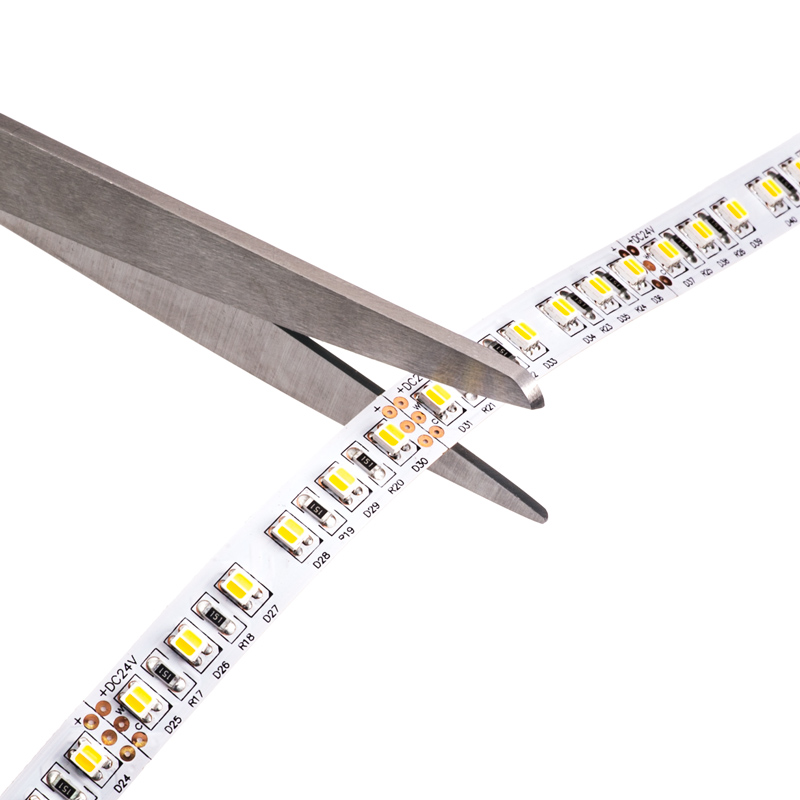Maker Club 2.0 had a productive meeting Friday, November 21.
1. The Tech Challenge
The Makers agreed to pursue this year's The Tech Challenge, which involves building a structure that survives earthquakes. To read about it, start
here, Choose the first link under Rules, and scroll way down in the document. (The document is presented backwards, describing how it is tested before it tells you what to build.)
2. Laser Harp - Stepper Motor
On our way to making the Laser Harp, the Makers need to program Arduino to drive a stepper motor. The Arduino is connected to a stepper motor controller, which is then connected to the stepper motor.
The Makers present the assembly in the photo above. (Sauyon, Nathan, Cosmo, Chris)
Assignments:
Sauyon - Arduino programming
Nathan - MIDI interface
Cosmo - 3D printed jig
Chris - focusing on The Tech Challenge
3. Keyboards
The Makers had expressed interest in building their own keyboards. For example, Sauyon envisions a keyboard wrapped around the back of a sphere, so you can rest your hands on the sphere and reach the keys with your finger tips.
To better understand how keyboards are made, we destroyed several perfectly functional keyboards. (Thanks to our sponsor
MRH Electronics for providing the keyboards.) Turns out the keyboards are very simple, and a custom design is quite possible. Ask the Makers.
By the way, the new guy in the middle is named Other Chris.
4. Healthy Body, Healthy Mind
Maker Club 2.0 isn't all about exercising the mind. To keep the bodies honed to perfection, the Makers engaged in a healthy round of Key Pong.





















.jpg)
.jpg)
